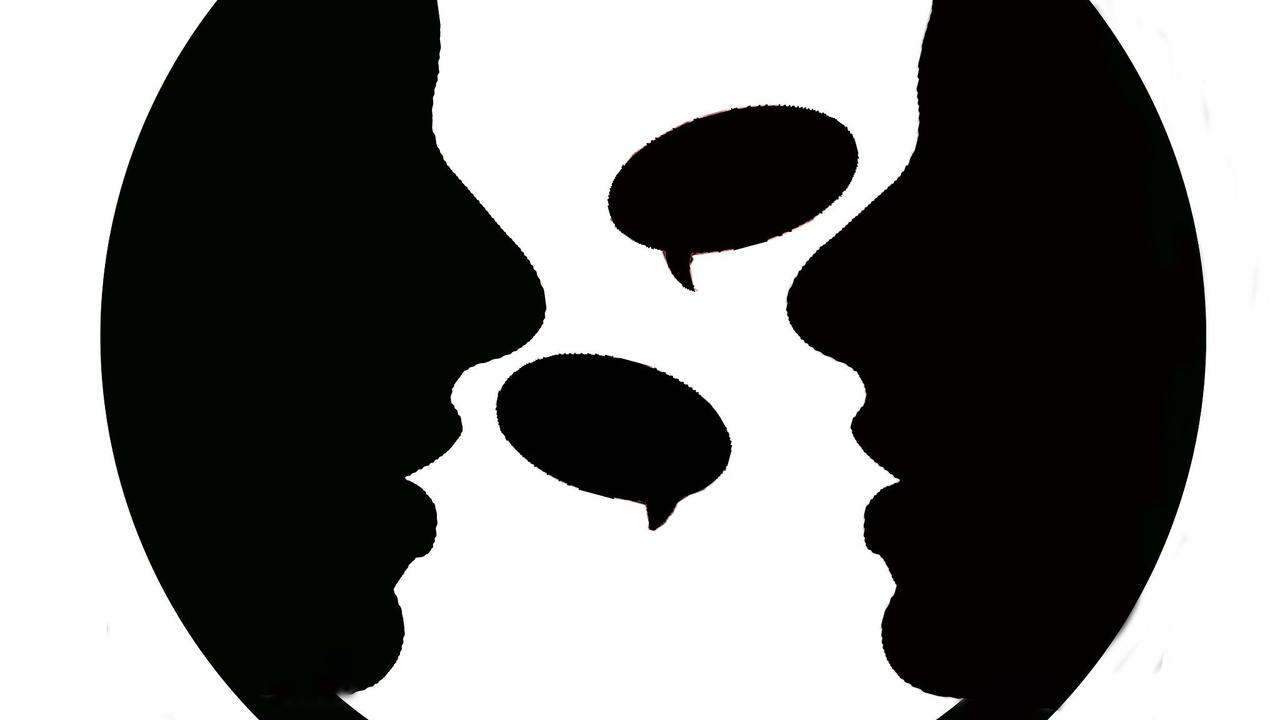How To Deepen Student's Vocabulary Knowledge
Jan 11, 2018
Vocabulary knowledge is often considered the number of words in a student’s lexicon or the breadth of their oral language ability. Yet the depth of knowledge about individual words also plays a significant role in children’s reading. Nearly three-quarters of words children will encounter have several meanings (Johnson, Moe, & Baumann, 1983), and the more frequent the word, the more likely it is to be polysemous (Zipf, 1945). Perhaps not surprisingly, there is a positive link between children’s appreciation of polysemy and improvements in their reading comprehension (Cairns, Waltzman, & Schlisselberg, 2004; Perfetti, 2007; Zipke, 2011).
One longitudinal study followed students across the elementary grades to determine how an appreciation of polysemy impacted reading over time (Cairns, Waltzman, & Schlisselberg, 2004). Participants were presented with sentences like The children saw a bat lying by the fence, and asked to describe the meaning of the sentence. They were given credit when they could provide more than one meaning (if necessary with the assistance of verbal and visual prompts). First graders who scored high on the polysemy assessment also scored high on standardized measures of decoding and reading comprehension in the second and third grades. Whereas those who struggled with multiple meanings demonstrated weaker reading skills.
Knowledge of the multiple meanings supports text comprehension because it facilitates more efficient retrieval (Pexman, Hargreaves, Siakaluk, Bodner & Pope, 2008; Pexman, Holyk & Monofils, 2003). Word retrieval is a common area of weaknesses for some subgroups of struggling or dyslexic readers (Wolf & Bowers, 1999; Ozernov-Palchik et al., 2016), and although an extensive and impressive array of phonologically-based reading interventions have been developed over the past three decades (Rayner, Foorman, Perfetti, Pesetsky & Seidenberg, 2001), few programs make connections with the training of semantic flexibility.
Discussions about the multiple meanings of words can be embedded into any reading lesson in order to deepen word knowledge and facilitate retrieval. Below is a list of common polysemous words by grade level for a starter.
Common Multiple Meaning Words
Grades K - 2: Bit, Bolt, Clip, Club, Gum, File, Fly, Hard, Last, Left, Stamp, Shake, & Star.
Grades 3 - 5: Bill, Bore, Handle, Kid, Kind, Light, Mind, Mold, Pool, Pupil, Range, Stable, & Squash.
Grades 6 - 8: Chair, Column, Company, Dread, Loom, Marker, Minor, Mint, Monitor, Novel, Patient, Riot, & Suit.
(*Retrieved 2018, http://www.home-speech-home.com/multiple-meaning-words.html)
Stay connected with news and updates!
Join our mailing list to receive the latest news and updates from our team.
Don't worry, your information will not be shared.
We hate SPAM. We will never sell your information, for any reason.

